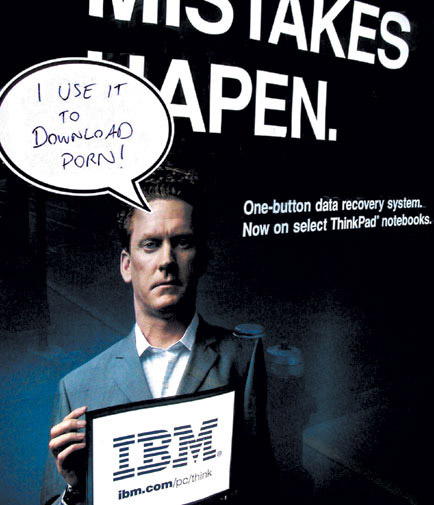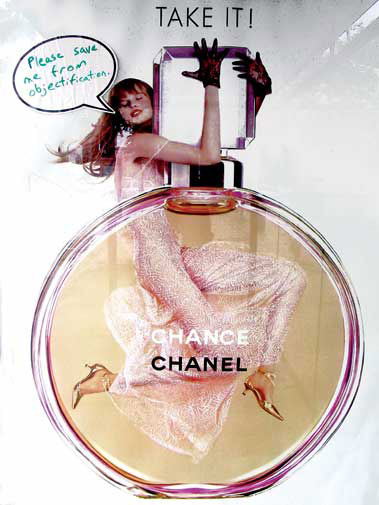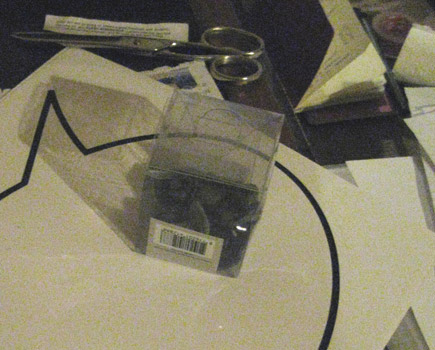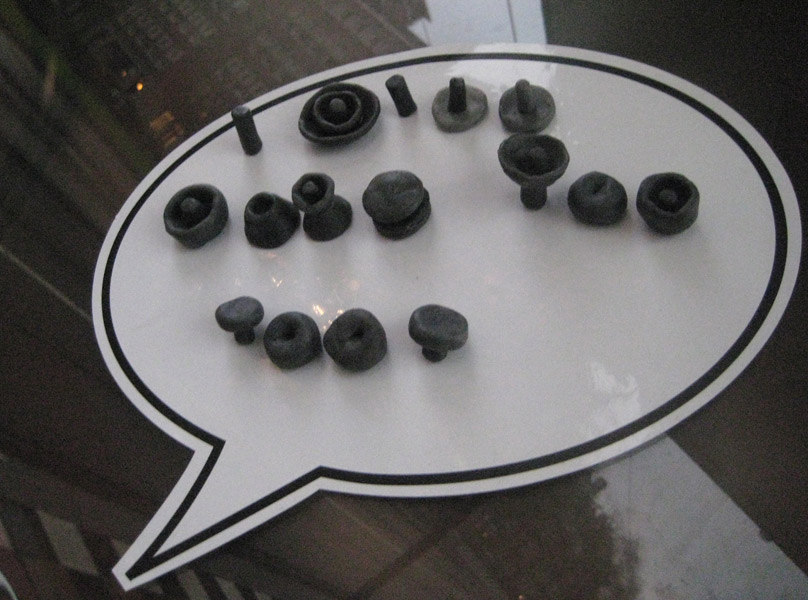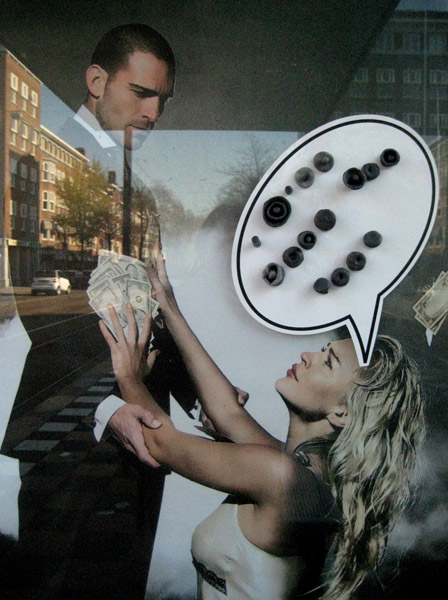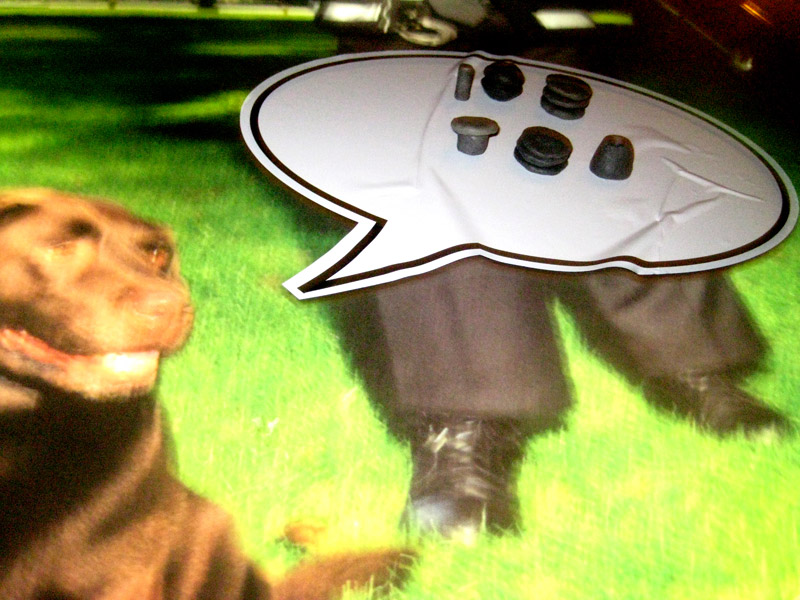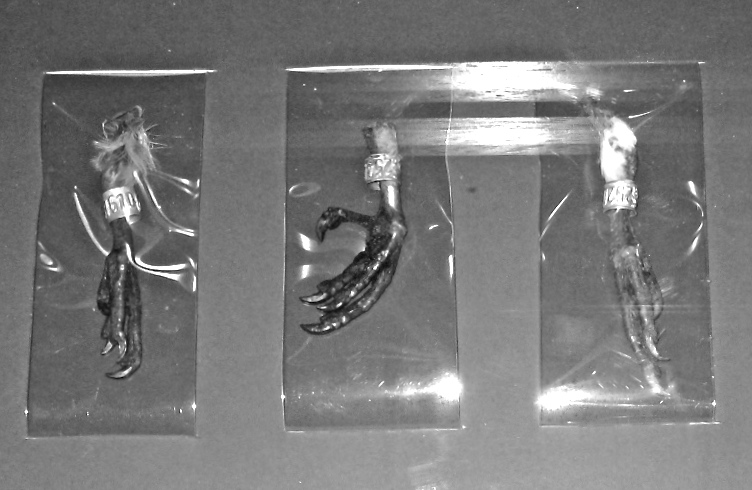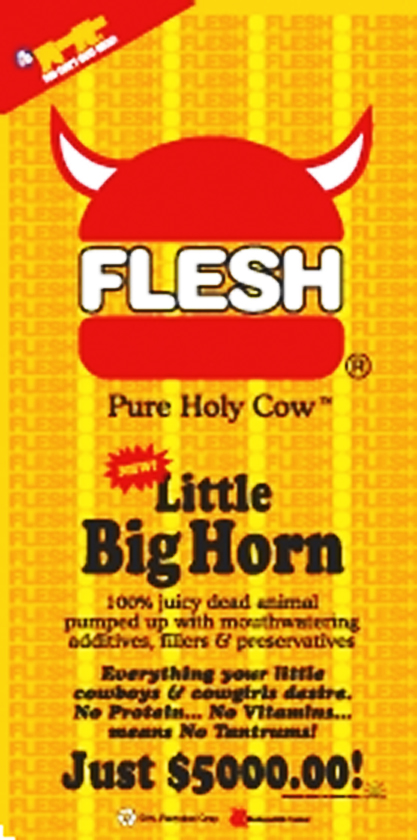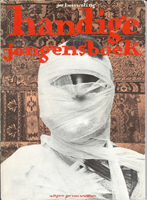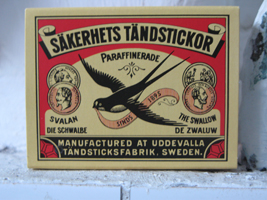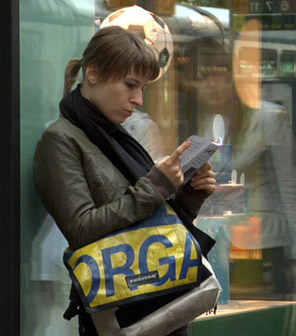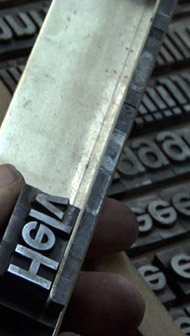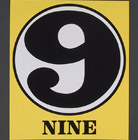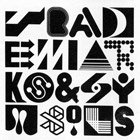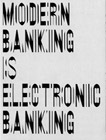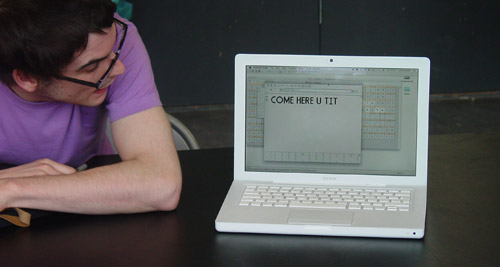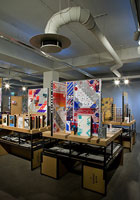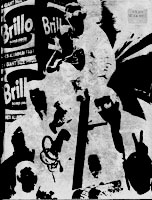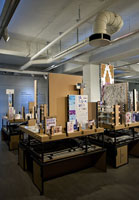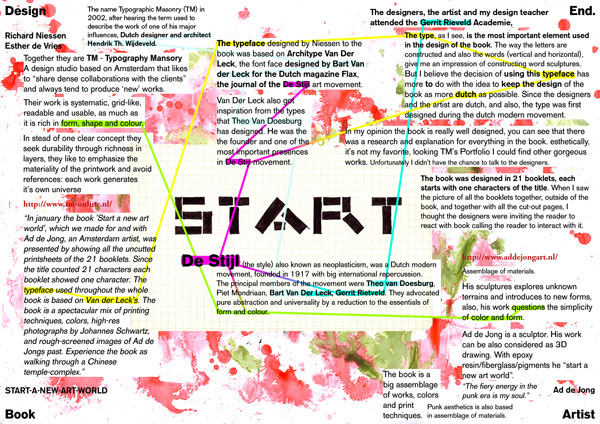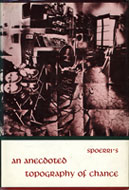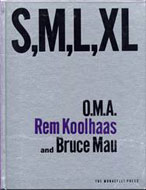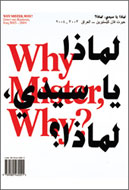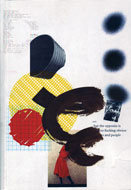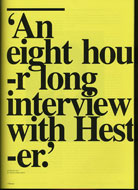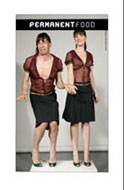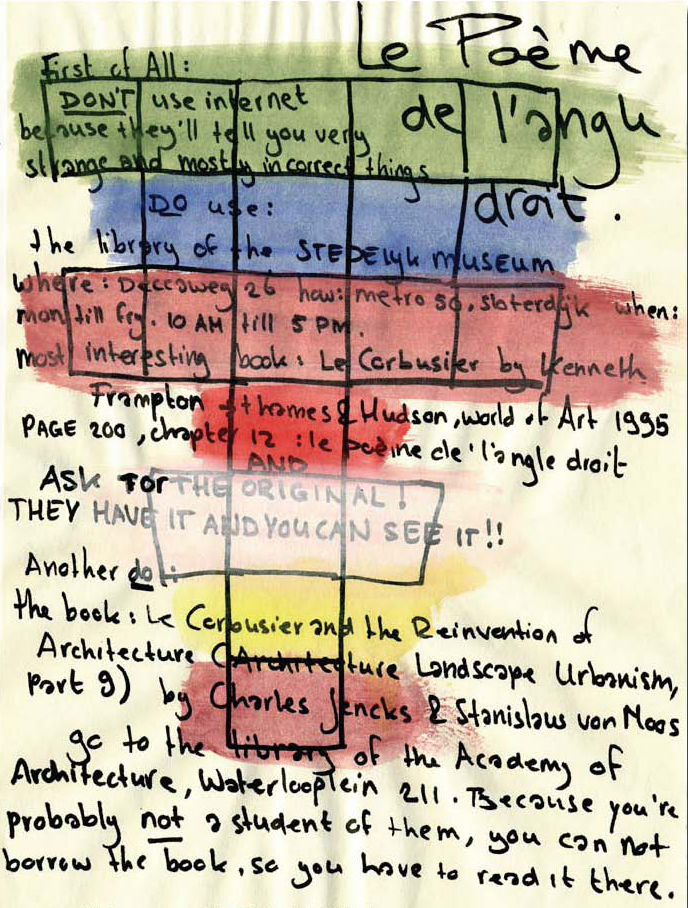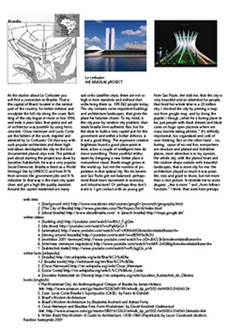Ji Lee (pleaseenjoy.com) is a Korean born New York based designer and initiator of urban interventions. He grew up in Sao Paolo and later moved to New York where he studied at Parsons school of Design. He is now working as creative director for Google, a freelance designer and a design teacher at Parsons school of design. Some of his most well known works are “the Univers Revolved”(universrevolved.com), “Abstractor”(abstractor.tv) and “the Bubble Project”. (thebubbleproject.com)
Ji lee´s contribution to Experimenta design is “the bubble project”(ABC World News). It is a project that he’s been working on since 2002. He initiated it in New York where he printed 50.000 talk-bubble stickers and placed out on top of commercial ads allover New York City, leaving it open for people of the city to fill in their own words. The project has continued to grow ever since.
The idea of the bubbles originally comes from the Situationists (Situationist International), a small assembly of artists and politicians active in the early 60´s. Their main intention was to create disobeying people. In 1968 they made bubbles and stacked them on commercials. They didn’t like the way big companies took advantage of creative people to sell their products so they turned it around and used these commercial images to support their own messages.
Ji Lee is questioning the way our cities are overrun with commercials and our limited possibility to express ourselves in the urban space. Many of the graffiti tags we see on the streets are also a reaction on this but most of the tags we see in the cities are also commercials for artists and crews and the conversations going on in the graffiti world are most of the time only readable for the initiated. By using the Situationists means and turning the commercials into public conversations he encourages all people to communicate their own thoughts without writing anything himself. He is basically giving the word to the people of the city.
posting by Chandra Sen
